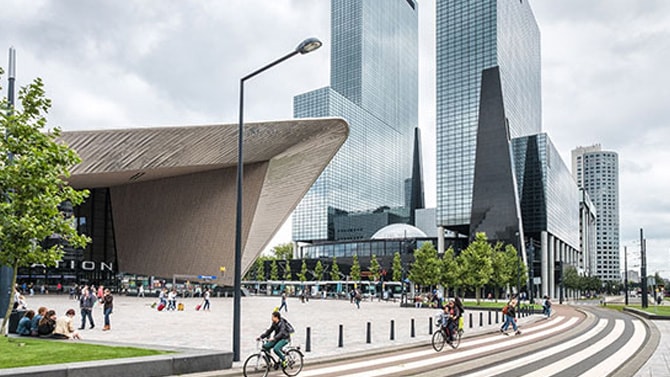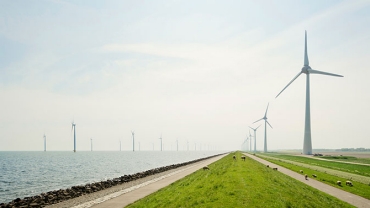
Europe Monitor - The road to circularity
Why a circular economy is becoming the new normal
For too long, we based our global economic system on a linear model that brought about economic growth and prosperity. However, it has come at a cost and caused an alarming level of environmental degradation. We need to join forces and shift to a model with a future: a circular economic model that involves decoupling economic activity from the consumption of finite resources. In our main article, we will highlight the economic dynamics behind the unsustainable linear model and offer suggestions for solutions embedded in a circular model.


Macro-economic update Europe
Economic momentum slowed in the Eurozone and inflation dropped, this prompted the ECB to take measures and loosen monetary policy even further, with the aim to revive economic activity. Although economic conditions differ per country, the currency union has increasingly become vulnerable to adverse conditions. What is going well and what could potentially affect the course of the economy?
Since the second quarter of 2016, the Dutch economy has been outperforming the Eurozone average in terms of GDP growth. This growth led to tensions on both the labour and housing market. In the country update we will shed a light on recent developments in these markets. Economic growth is slowing in the Netherlands, and this can partly be attributed to a slowdown in manufacturing. What is behind this slowdown?
Contact us



















